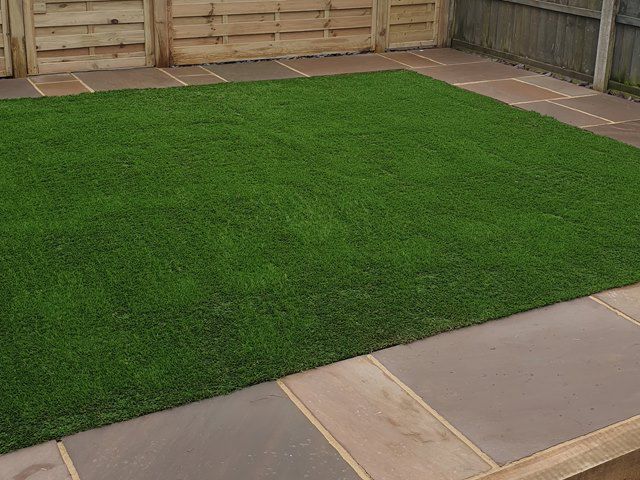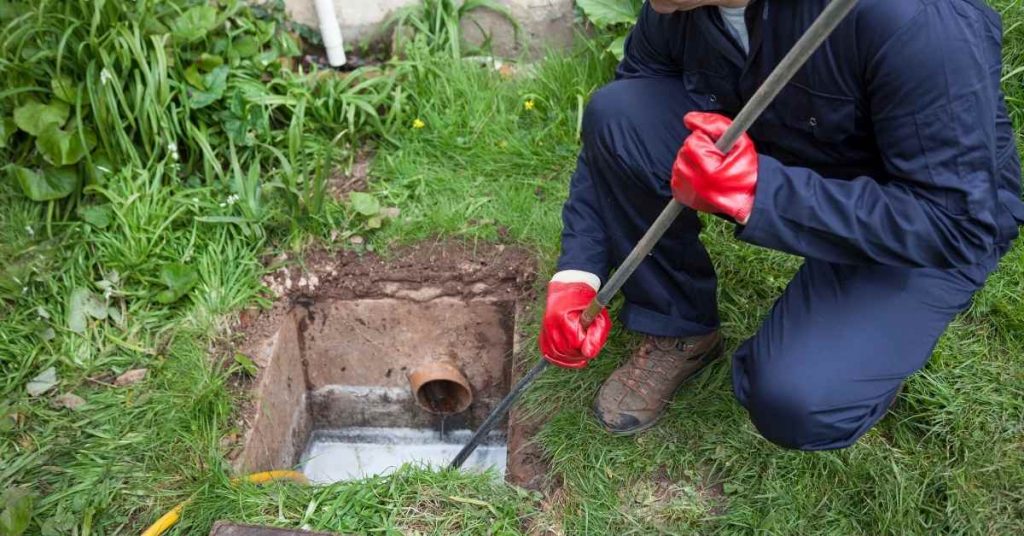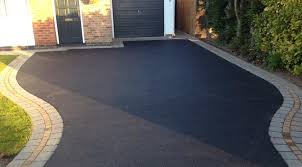Artificial grass has become a game-changer for sports fields, offering numerous advantages over natural turf. Its durability, low maintenance, and consistent playing conditions make it an attractive option for various sports, from soccer to football and beyond. Here’s a comprehensive look at the benefits and considerations involved in installing artificial grass for sports fields.
1. Benefits of Artificial Grass for Sports Fields
Durability and Resilience
Sports fields experience high levels of wear and tear from frequent use, which can quickly degrade Artificial grass installers. Artificial grass is designed to withstand heavy foot traffic, intense play, and various weather conditions. Its durability ensures that the field maintains its appearance and functionality over time, reducing the need for frequent repairs or replacements.
Consistent Playing Surface
One of the primary advantages of artificial grass is its ability to provide a consistent playing surface. Unlike natural grass, which can become uneven and patchy due to weather conditions or wear, synthetic turf offers a uniform and reliable surface. This consistency is crucial for player safety and performance, as it reduces the risk of injuries caused by uneven or damaged areas.
Low Maintenance
Maintaining natural grass fields requires significant time and resources, including regular mowing, watering, fertilizing, and pest control. Artificial grass significantly reduces these maintenance needs. It doesn’t require mowing or irrigation, and it only needs occasional brushing and debris removal. This low-maintenance aspect makes synthetic turf a cost-effective solution for sports facilities.
Weather Resistance
Artificial grass is engineered to handle various weather conditions, including heavy rain, extreme heat, and cold temperatures. Its advanced drainage systems allow for quick water runoff, preventing puddles and muddy conditions that can interrupt play. This weather resistance ensures that the field remains playable regardless of the season or weather conditions.
2. Installation Process for Sports Fields
Site Preparation
Proper site preparation is critical for a successful artificial grass installation. The process begins with clearing the area of existing grass, debris, and obstacles. Excavation is then carried out to remove the topsoil and create a level surface. This step often involves digging down several inches to accommodate the base layer and ensure proper drainage.
Base Construction
The base layer is essential for providing stability and drainage. A typical base consists of crushed stone or gravel, which is spread evenly across the excavated area and compacted to create a solid foundation. This layer helps with water drainage and provides a smooth surface for the artificial grass.
Drainage System
Installing an effective drainage system is crucial for maintaining the performance of artificial grass. Perforated pipes or drainage channels may be used to manage water runoff and prevent pooling. A drainage membrane is often laid over the base layer to enhance water flow and reduce the risk of waterlogging.
Turf Installation
Once the base and drainage system are in place, the artificial grass can be laid out. The turf is rolled out and trimmed to fit the dimensions of the field. Seams are carefully joined using adhesive or seam tape to ensure a seamless appearance. The grass is then secured with stakes or nails along the edges and joints.
Infilling
To achieve the desired playing characteristics, infill material, such as rubber crumb or sand, is added between the fibers of the artificial grass. This infill helps to support the turf, enhance cushioning, and improve performance by providing a more natural feel underfoot.
3. Post-Installation Care
After installation, regular maintenance is necessary to keep the artificial grass in optimal condition. This includes brushing the turf to prevent matting, removing debris, and checking the drainage system for any blockages. Periodic inspections ensure that the field remains safe and functional for sports activities.
In conclusion, artificial grass installation for sports fields offers numerous benefits, including durability, a consistent playing surface, low maintenance, and weather resistance. By following proper installation procedures and maintaining the turf, sports facilities can enjoy a high-quality, long-lasting playing surface that meets the demands of athletes and enhances their performance.



